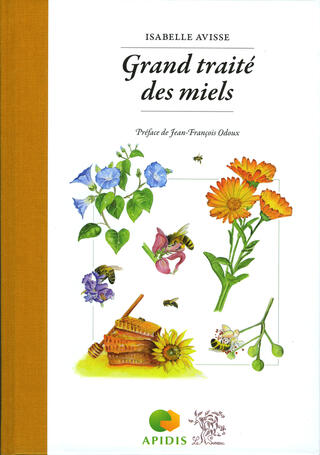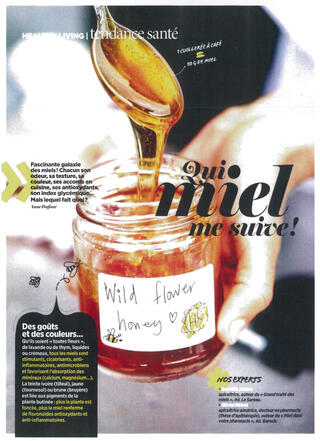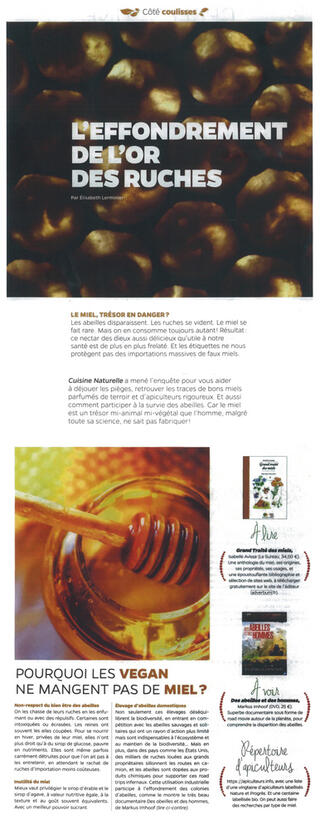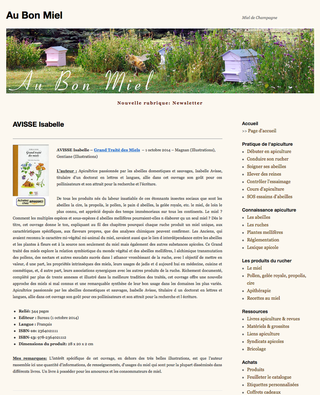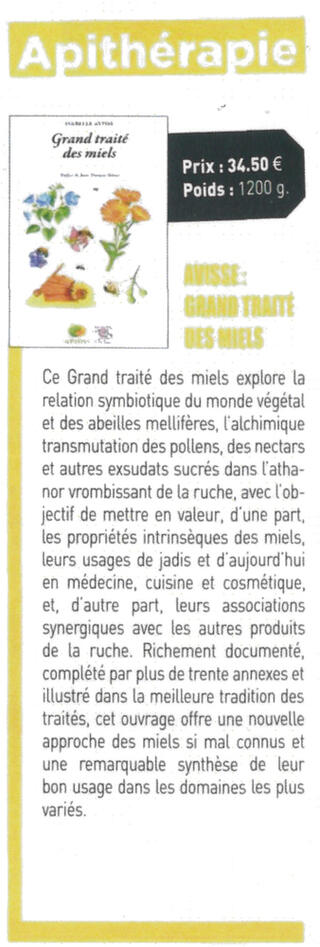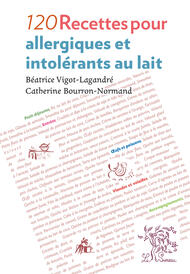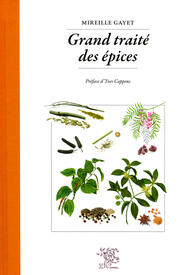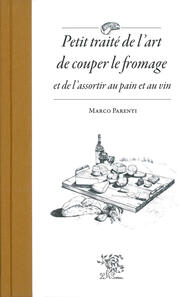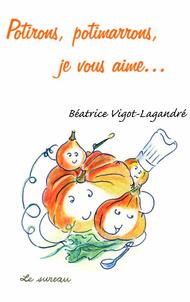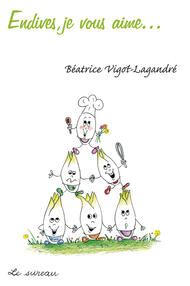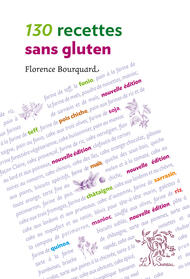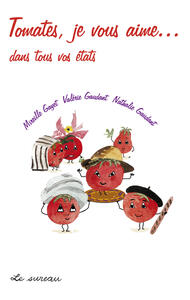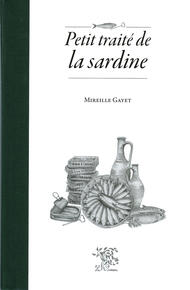Grand traité des miels
- Collection : Les traités
- Thèmes : Cuisine,
- nbpage : 344
- format : 19 x 27 cm
- ISBN : 978-2-36402-111-2
- Precio : 34.50 €
Great Treatise of Honeys
Of all the many products born of the insatiable labor of the astonishing social insects that bees are - wax, propolis, plant pollen, bee pollen, royal jelly, etc. - honey, by far the most well known, has been appreciated since the beginning of time on all continents.
Honey? How could the many species and sub-species of honey bees produce only one sort of honey? With its title, this work sets the tone, explaining throughout its chapters how each hive produces a unique honey, with specific characteristics and unique flavors, which can be confirmed by chemical analysis.
Our ancestors who recognized the part-plant, part-animal nature of honey, also understood that the interdependent link between bees and flowering plants was also the source, not only of honey, but also of other beekeeping substances.
This Great Treatise of Honeys explores the symbiotic relationship of the plant world and honey bees, the alchemical transmutation of pollens, the nectars and other sweet exudates in the humming athanor of the beehive, and sets out with the goal of highlighting the intrinsic properties of honeys, their varied uses in the past and present in medicine, cooking and beauty products on the one hand, and on the other, their synergistic associations with other products of the beehive.
With rich references, complete with over thirty appendices, and illustrated in the best practices of treatises, this book offers a new approach to honeys – so poorly understood – and is a remarkable synthesis of their use in the most varied fields.
Isabelle Avisse, a beekeeper with a fervor for domestic and wild bees, holds a doctorate in letters and languages, and here unites her strong passion for these pollinators with her interest in research and love of writing.
Gran tratado de las mieles
De todos los productos nacidos de la labor insaciable de estos sorprendentes insectos sociales que son las abejas –cera, propóleo, polen, pan de abejas, jalea real, etc. , el más conocido de todos, la miel, es apreciado desde tiempos inmemoriales en todos los continentes.
¿La miel? ¿Cómo podrían fabricar la misma miel las múltiples especies y subespecies de abejas melíferas? El título del libro ya es una pista, y de capítulo en capítulo se explica por qué cada colmena produce una miel única, con características específicas y aromas propios, lo que se puede confirmar con análisis químicos.
Las generaciones pasadas, que sabían que la miel pertenece al reino animal y al vegetal, también sabían que la interdependencia entre las abejas y las plantas con flores no sólo es la fuente de la miel sino también de otras sustancias apícolas.
Este Grand traité des miels explora la relación simbiótica del mundo vegetal y de las abejas melíferas, la alquimia transmutación de pólenes, néctares y otros exudados azucarados en el ajetreado atanor de la colmena, con el objetivo de aprovechar, por una parte, las propiedades intrínsecas de las mieles, sus usos de antaño y actuales en medicina, cocina y cosmética y, por otra parte, sus asociaciones sinérgicas con los demás productos de la colmena.
Bien documentado, completado con más de treinta anexos e ilustrado como corresponde a un tratado, esta obra presenta otra manera de considerar las mieles –tan poco conocidas y una formidable síntesis de su buen uso en los campos más diversos.
Apicultora apasionada por las abejas domésticas y salvajes, Isabelle Avisse, doctora en letras y lenguas, aúna en esta obra su atracción por esos insectos polinizadores y su pasión por la investigación y la literatura.
